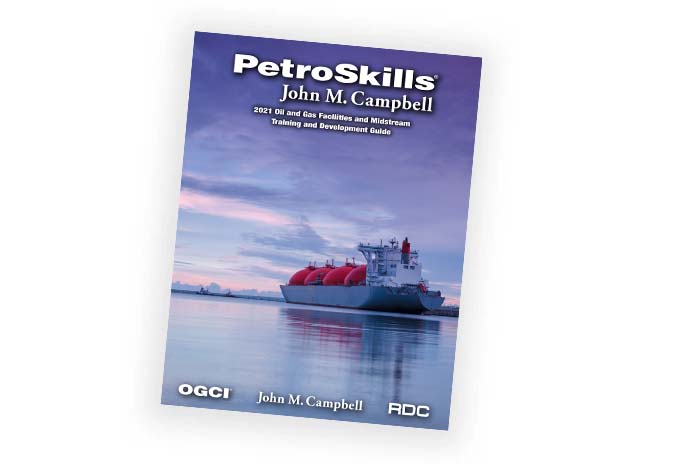Mapping Subsurface Structures - MSS
About the Course
Not just a collection of rules of thumb, this class presents the fundamental concepts and techniques required to accurately construct structure maps in 3D so that you will get the most out of your data. Principles and techniques are illustrated by solving numerous exercises by hand (with drafting tools and a calculator) using strategies and workflows analogous to those that participants will use back at the office using computers.
Participants will be prepared to develop more accurate structural models of reservoirs, avoid dry holes, find new traps in old fields, extract the maximum information from exploration wells, and validate or recognize errors in existing interpretations. Dr. Richard Groshong's book, 3D Structural Geology, is included with the course materials.
"The course gave a very good basic understanding of structured geology as a whole. For me, not being a geologist, this helped a lot to clarify concepts, terms for my general career development." - Junior Geophysicist, Austria
"It is applicable to my job, especially the QC of the structural maps." - Exploration Geologist, United Arab Emirates
Target Audience
Development geoscientists and those exploring mature areas; early-career geoscientists and technologists who make structure maps; those who need to judge the validity of maps and cross sections.You Will Learn
Participants will learn how to:
- Recognize common contouring pitfalls
- Find thickness in deviated wells
- Use thickness maps to interpret structure
- Construct predictive cross sections
- Apply the best techniques for projecting data
- Make fault maps and integrate them with horizon maps
- Build a complete 3D interpretation
- Recognize valid and invalid fault surfaces
- Interpret folds and faults from dipmeters
- Construct juxtaposition (Allan) diagrams for fault trap and seal analysis
- Map structures with multiple overlapping faults
Course Content
- Manual and computer contouring techniques
- Using dip in mapping
- Different measures of thickness
- Thickness in deviated wells
- Thickness maps
- Dip-domain cross sections
- Data projection
- Trend and plunge of folds on tangent diagrams
- Composite-surface maps
- Fault shapes and displacement distributions
- Relationships between stratigraphic separation and heave & throw
- Faults on isopach maps
- Mapping across faults
- Structural quality-control techniques
- Multiple-surface map compatibility
- Map validation using implied fault contours
- Finding faults and fault orientations with SCAT analysis of dipmeters
- Soft linked and hard linked faults
- Relay and branching fault patterns
- Mapping sequential cross-cutting faults
Product Details
Categories:
UpstreamDisciplines:
GeologyLevels:
FoundationProduct Type:
CourseFormats Available:
In-ClassroomAdditional
Request a Public Session
If you are interested in a public session of this course, please click the button below to request it.
Request Public SessionIn-House Training
This course is also available upon request as a private, on-site seminar. Contact us for details and pricing.
Request In-House TrainingNeed Help
Contact us if you have additional questions about how to register for or attend this course.
Contact Us



